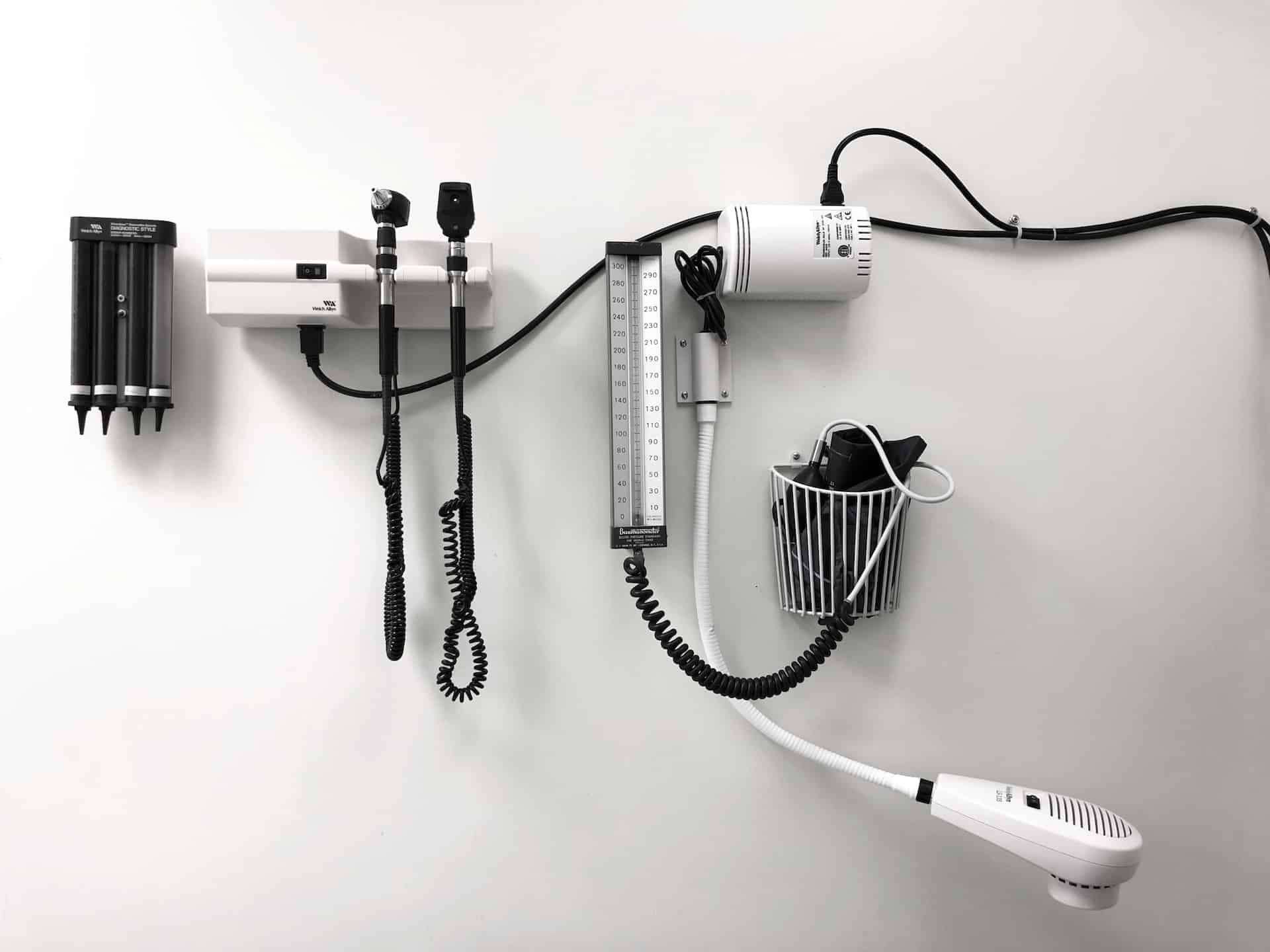Medical device contract manufacturing refers to the outsourcing of the design, development, and production of medical devices to a third-party manufacturer. However, the medical device manufacturing industry is heavily regulated to ensure the safety and effectiveness of medical devices.
In addition to FDA regulations, many medical device manufacturers must comply with international standards, such as ISO 13485. ISO 13485 specifies requirements for a quality management system specific to the medical device industry.
This article discusses how medical device contract manufacturers ensure compliance with regulations to deliver high-quality products.
Compliance Requirements for Medical Device Contract Manufacturers
The medical device contract manufacturing process must comply with various requirements to ensure the safety and effectiveness of the medical devices they produce. Some of the essential requirements include the following:
1. Quality Management Systems
This refers to a well-organized framework that documents the procedures and processes employed throughout the entire lifespan of a medical device.
Medical device contract manufacturers must establish and maintain a quality management system (QMS) to ensure that their products meet regulatory requirements and are safe and effective. The QMS should include processes for managing design and development, purchasing, production, and post-production activities.
2. Design Control
Design control is a process that ensures that medical devices are designed and developed by regulatory requirements and user needs. Medical device contract manufacturers must establish design control procedures that cover all stages of the design and development process, from the initial concept to the final product.
3. Risk Management
Risk management is a process that identifies, evaluates, and mitigates risks associated with medical devices. Medical device contract manufacturers must establish a risk management process, including risk assessment, control, and communication.
4. Documentation
Medical device contract manufacturers must maintain accurate and complete documentation to demonstrate compliance with regulatory requirements. Documentation should include procedures, work instructions, specifications, and records of activities related to design, development, production, and post-production.
5. Supplier Management
Medical device contract manufacturers must have a process for selecting and managing suppliers to ensure they provide components and materials that meet regulatory requirements. The process should include supplier evaluation, qualification, and ongoing monitoring.
Implementing Compliance in Medical Device Contract Manufacturing
To ensure compliance with regulations, medical device contract manufacturers can take the following steps:
1. Building a Culture of Compliance
Manufacturers should integrate compliance into the company’s culture and values. All employees should understand the importance of compliance and their role in ensuring it.
2. Training and Education
Employees should receive regular training and education on regulatory requirements and the company’s policies and procedures for ensuring compliance.
3. Internal Audits and Corrective Actions
They must conduct regular internal audits to identify compliance issues and take corrective actions to address them.
4. Continual improvement
Medical device contract manufacturers should continuously improve their processes and systems to ensure compliance with changing regulatory requirements and industry standards.
Conclusion
Medical device contract manufacturers must ensure compliance with regulations throughout product development and manufacturing to deliver high-quality products. Compliance issues can result in product recalls, legal liabilities, and damage to a company’s reputation.
By following these steps, they can deliver high-quality products that meet all regulatory requirements, ensuring the safety and efficacy of the product for the end user.
Photo by Abby Anaday on Unsplash

